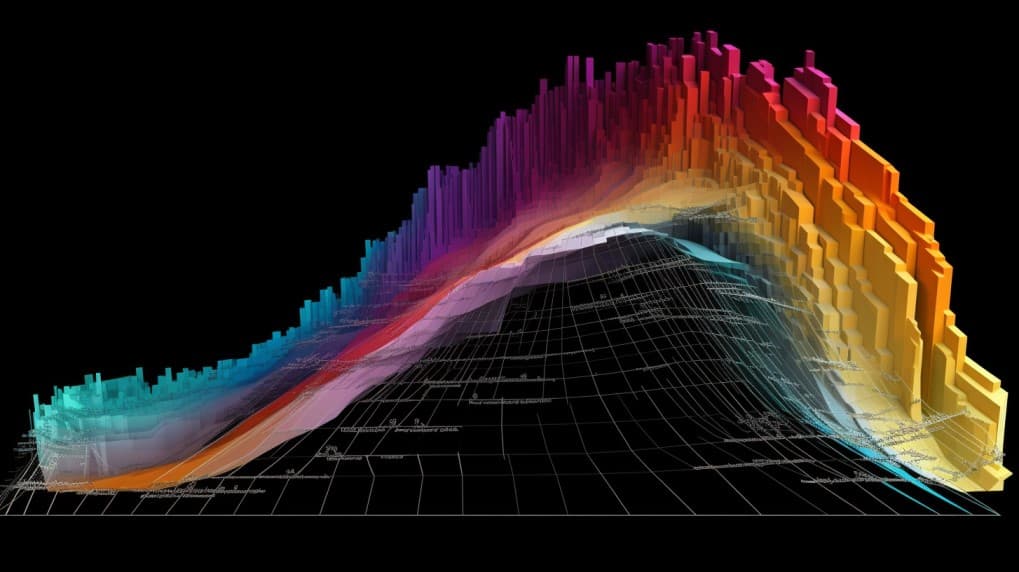
GLTR VS IAU
Exchange-Traded Funds (ETFs) have transformed the landscape of investing, allowing individuals to access diversified exposure across different sectors and asset classes. In this article, we will conduct an in-depth comparison between two prominent Precious Metal ETFs: GLTR (Aberdeen Standard Physical Precious Metals Basket Shares) and IAU (iShares Gold Trust). We'll explore a range of crucial aspects, including ETF tickers, full names, issuers, sectors, top holdings, capitalization, strategy, tracking, and exposure.
GLTR VS IAU: Overview
GLTR and IAU are two distinct ETFs that offer exposure to the precious metals market. While both focus on precious metals, GLTR provides a unique approach by tracking a diversified basket of four precious metals: gold, silver, platinum, and palladium. On the other hand, IAU focuses solely on tracking the price of gold. This fundamental difference shapes their investment profiles and risk characteristics, which we will delve into further.
GLTR VS IAU: Sectors and Top Holdings
The GLTR ETF distinguishes itself by offering a diversified allocation to multiple precious metals. Its top holdings include gold, silver, platinum, and palladium, providing investors with exposure to the entire precious metals spectrum. IAU, as a gold-focused ETF, primarily holds physical gold bullion. Understanding the sectors and top holdings of these ETFs empowers investors to make informed decisions based on their preferences and market outlook.
 GLTR overlap GLTR VS IAU
GLTR overlap GLTR VS IAU
GLTR VS IAU: Capitalization and Strategy
In terms of capitalization, both GLTR and IAU are well-established in the precious metals space. GLTR's unique strategy of combining multiple precious metals within a single ETF offers potential benefits of diversification across the sector. Conversely, IAU's strategy centers on tracking the price of gold, which is often considered a safe-haven asset. Depending on an investor's risk appetite and market outlook, the differences in capitalization and strategy can play a pivotal role in their investment decision-making process.
GLTR VS IAU: Tracking and Exposure
GLTR achieves its diversified exposure through a physical allocation to the four precious metals it tracks. This allocation seeks to mirror the performance of the broader precious metals market. In contrast, IAU provides exposure solely to the price of gold, with its holdings comprising physical gold bullion. Understanding the distinct tracking and exposure mechanisms of these ETFs enables investors to align their investment objectives with the desired level of precious metal exposure.
Conclusion
GLTR and IAU represent two distinct pathways for investors seeking exposure to the precious metals market. While GLTR offers a diversified approach by encompassing multiple precious metals, IAU provides a focused exposure to the price of gold. As investors explore these options, they can gain valuable insights into holdings, correlations, overlaps, and other essential factors using the ETF Insider app. This user-friendly application serves as a powerful tool to delve into the intricate details of these and various other financial instruments.
Disclaimer: This article is intended for informational purposes only and does not offer investment advisory services. Before making any investment decisions, it is recommended that readers conduct thorough research and consider consulting with a financial advisor.
Sources:
"GLTR - Aberdeen Standard Physical Precious Metals Basket Shares." Aberdeen Standard Investments. https://www.aberdeenstandardetfs.us/etfs/gltr
"IAU - iShares Gold Trust." iShares by BlackRock. https://www.ishares.com/us/products/239726/ishares-gold-trust-fund
GLTR ETF issuer
GLTR ETF official page
IAU quote and analysis
Discover the top holdings, correlations, and overlaps of ETFs using our visualization tool.
Our app allows you to build and track your portfolio.
To learn more about the IAU iShares Gold Trust, access our dedicated page now.